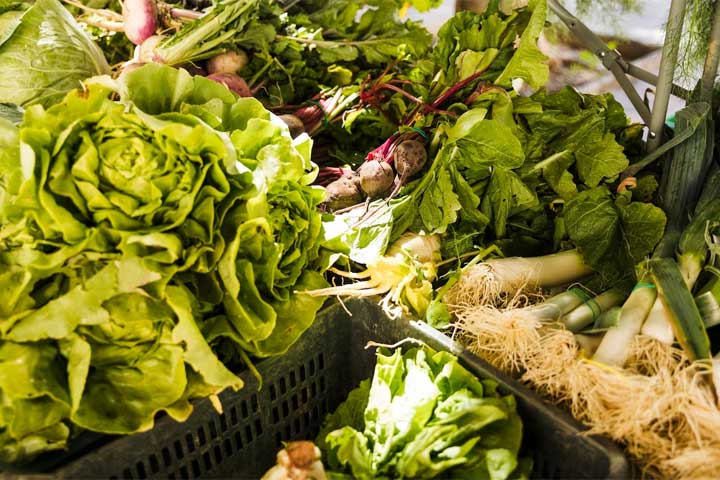
Namibia’s horticultural industry has been making headlines recently, and the latest figures from the 2023 first-quarter Agriculture and Fishing Indicators Statistical Bulletin have revealed some eye-opening insights. In just three months, the country has spent a staggering N$111.1 million on importing its most consumed horticultural products. This extensive report, released by the Namibia Statistics Agency, sheds light on the imports and exports that shape the nation’s agricultural landscape.
The top imported horticultural products for this period include apples, vegetables, onions, bananas, grapes, plantations, cooking bananas, tomatoes, oranges, avocados, carrots, and turnips. Apples took the lead with imports worth N$24.8 million, closely followed by vegetable seeds and onions valued at N$20.8 million and N$13.4 million, respectively. Furthermore, the country purchased N$11.6 million worth of bananas from abroad. On the export side, the basket is not as diversified as the imports, with grapes generating the highest foreign earnings of N$79.9 million during the quarter. Dates and tomatoes followed suit, contributing N$58.2 million and N$19.8 million, respectively. Various bean exports brought in N$10 million, while onions contributed N$5.9 million to the export earnings. Other horticultural produce from the country accounted for N$3.4 million in export revenue.
When it comes to the agronomic side of crops, controlled products such as white maize, millet, and wheat dominated the production. In the first quarter of 2023, the distribution of agronomy production remained similar to the same period in 2022. White maize production stood at 1,293 tonnes, securing the top spot, followed by wheat production at 501 tonnes. Millet production, although the lowest, experienced the highest increase compared to the corresponding quarter in 2022, with 301 tonnes produced (compared to 100 tonnes previously registered). Namibia exported grains valued at N$311.3 thousand, primarily maize, which accounted for N$311.1 million during the review quarter. Angola emerged as the main destination for Namibia’s agronomy products, contributing foreign earnings of N$311.0 million, commanding a 99.9% share.
Meanwhile, the import bill for grains in the same period amounted to N$518.3 million. Maize and wheat grains made the most significant contributions, totaling N$362.0 million and N$135.2 million, respectively. Grain imports primarily originated from South Africa (N$445.2 million, 85.9%), followed by Latvia (N$61.2 million, 11.8%), and India (N$10.8 million, 2.1%).
The Agriculture and Fishing Indicators Statistical Bulletin provides a comprehensive overview of the sectors’ short-term performance, examining crop production, fish landings, international merchandise trade patterns, and auction price development on a quarterly basis. Agriculture, fishing, and forestry play crucial roles in employment creation, GDP contribution, foreign earnings, and food security. In 2022, these sectors experienced a 2.6% growth in real value added and have consistently contributed an average of 7.9% to GDP over the past decade.
These remarkable statistics shed light on the intricacies of Namibia’s horticultural industry, revealing the country’s dependence on imports for certain products while capitalizing on the export potential of others. As Namibia continues to navigate its agricultural landscape, these insights will undoubtedly shape future strategies, fostering growth, and sustainability in this vital sector.
Stay updated with the latest farming tips and agriculture industry news from Africa by subscribing to our newsletter. Don’t miss out on valuable insights and updates. Follow us on Twitter, LinkedIn, and Facebook to join our farming community and stay connected with us.




















Leave a Reply